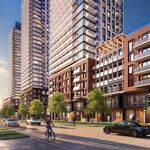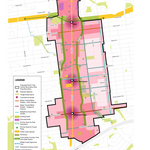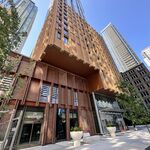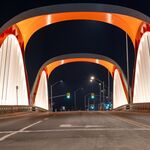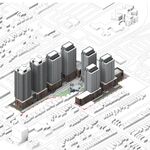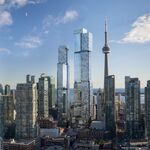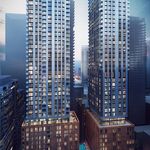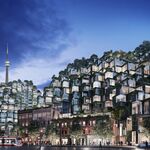Between democracy and dictatorship, economic prosperity and financial ruin, Argentina's tumultuous recent history is a blur to many foreigners, and a profoundly complex—and controversial—narrative to locals. From disappearances, terrorism, and state rule, to the less dramatic events that slowly shape a city and a nation, pieces of that history are painted onto the urban fabric of Buenos Aires.
Premiering at this year's festival, White Walls Say Nothing offers an intimate look at the thriving graffiti culture of Argentina's largest city. Despite being an engaging and colourful film, Gates Bradley and Jonny Ronson's documentary does not shy away from the painful historical context that gave rise to the city's street art culture. In a country where faith in government and media is always in question, the act of painting the walls of the city itself offers artists a conspicuous public voice. While many cities—including Toronto—make alleyways and half-hidden spaces hubs of graffiti, street art stakes a more central presence in Buenos Aires.
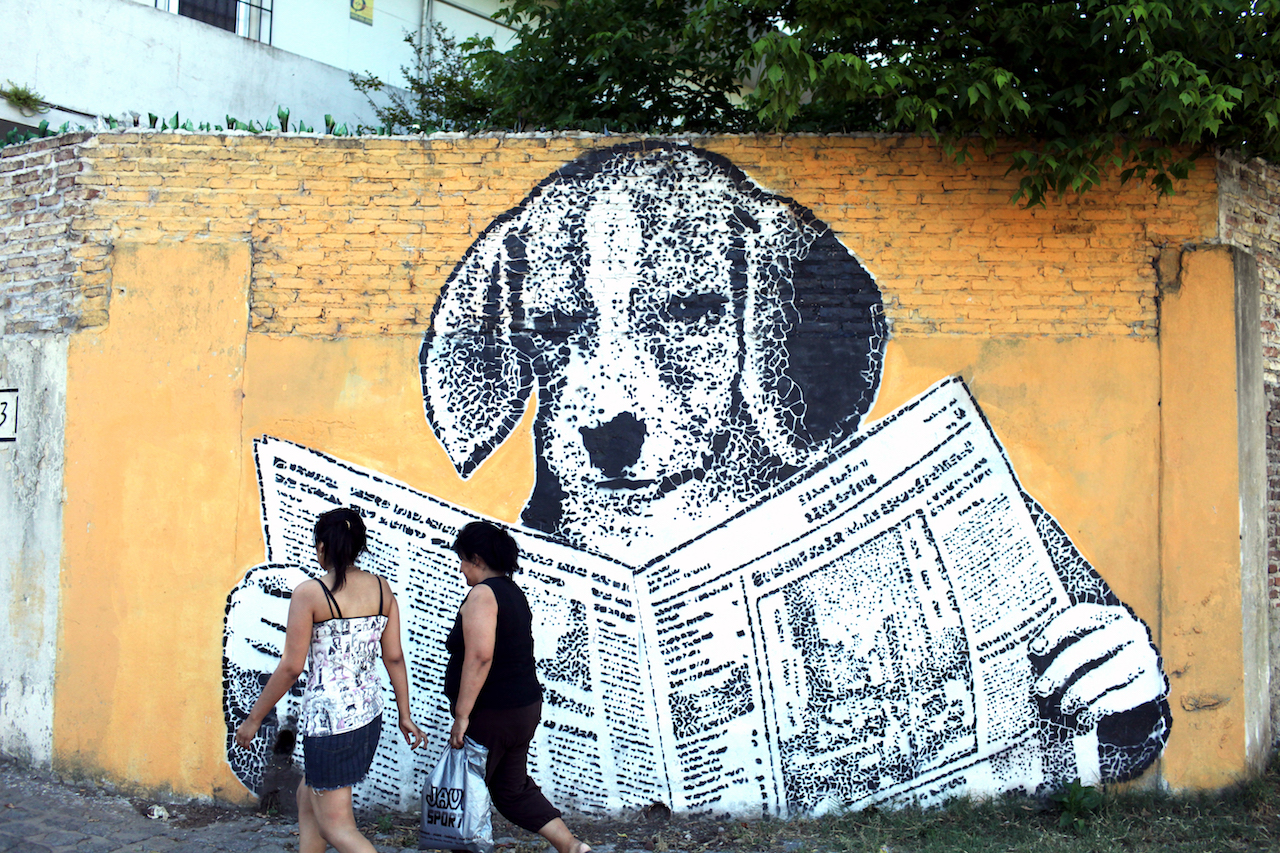 Street art in Buenos Aires, image via White Walls Say Nothing
Street art in Buenos Aires, image via White Walls Say Nothing
Providing a compelling social and historical context to its subject, the film shines as an exploration of art as a reflection of society. In Buenos Aires, where enforcement of laws prohibiting graffiti on vacant and dilapidated buildings is famously lax, White Walls Say Nothing shows a window into the city's psyche painted on its the walls. Then re-painted, and painted again. —Stefan Novakovic
The world premier of White Walls Say Nothing takes place at 8:45 PM tonight at the TIFF Bell Lightbox. The film will also be screened at the Lightbox at 1:00 PM on Thursday, May 4th, and 9:00 PM on Friday, May 5th.
***
François Jacob's A Moon of Nickel and Ice will take you to Norilsk, Russia, a city in that vast country's lonely Siberian expanse, a nickel and copper mining centre which was closed to outsiders under the Soviets, and which remains accessible only via special permit today. 177,000 people live in this treeless town, mostly in rows of slab apartments, no balconies, no gardens, and under a seemingly perpetually smoke-obscured sky. Norilsk's past—the mines and smelter were built with prison labour—is hidden here, and the population feels the burden of the Soviet hangover here, long after its effects have dissipated more in other parts of the country. A company town (Norilsk Nickel makes all the big decisions here), there are some sops to the harshness that the company provides to help the residents make a go of it, but this is a place where everyone is calculating their best chance to leave for anywhere else. —Craig White
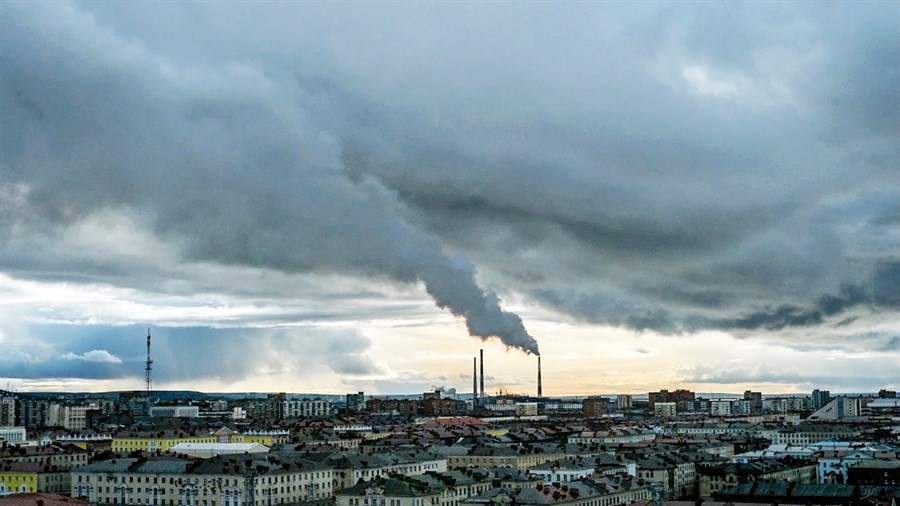 Norilsk: an image from A Moon Of Nickel and Ice, image courtesy of Hot Docs
Norilsk: an image from A Moon Of Nickel and Ice, image courtesy of Hot Docs
A Moon of Nickel and Ice plays at the TIFF Bell Lightbox this morning at 11.45 AM and at the Scotiabank Theatre on Sunday, May 7 at 10:15 AM
***
In comparison to Norilsk, Longyearbyen on Svalbard is even further north, but it feels warmer—much warmer—in Darren Mann's This Cold Life. The town is the world's most northern, and it acts as Norway's claim on this arctic archipelago. A coal mining centre since 1906, the town is also the home of the Global Seed Bank, buried inside the mountain, and a collection of engagingly eccentric characters who are there for a myriad of reasons. Not initially on UrbanToronto radar because it's not specifically an urban story, this film makes a great counterpoint to Norilsk, where despite its extreme environment and decreasing employment opportunities in traditional industries, its residents and planners have created a place that people love. —Craig White
 Svalbard: an image from This Cold Life, image courtesy of Hot Docs
Svalbard: an image from This Cold Life, image courtesy of Hot Docs
This Cold Life at the TIFF Bell Lightbox on Saturday, May 6 at 9:15 PM,
***
While Norilsk and far northern Norway are alternatively nightmarish and dreamlike, Vancouver is easier for a Torontonian to relate to. Canada's gateway to the Pacific is a city in transition, not unlike Toronto, brought on by hyper-inflation in the housing market. That's the story being told in Charles Wilkinson's Vancouver: No Fixed Address, where the inflation has been in sway for longer and where the effects that Toronto is just starting to understand are already more pronounced. Concerned about the squeezing out of the freshly graduated and retirees, No Fixed Address covers Vancouverites' many varied perceptions of what's happening, and what the solutions for dealing with their housing crisis might be, for many levels of society. More towers? Tiny homes? New taxes? Is a greater revolution of thinking required? The film asks great questions about how to make Vancouver affordable again for the people who want to live there, even for those who have been there all of their life. —Craig White
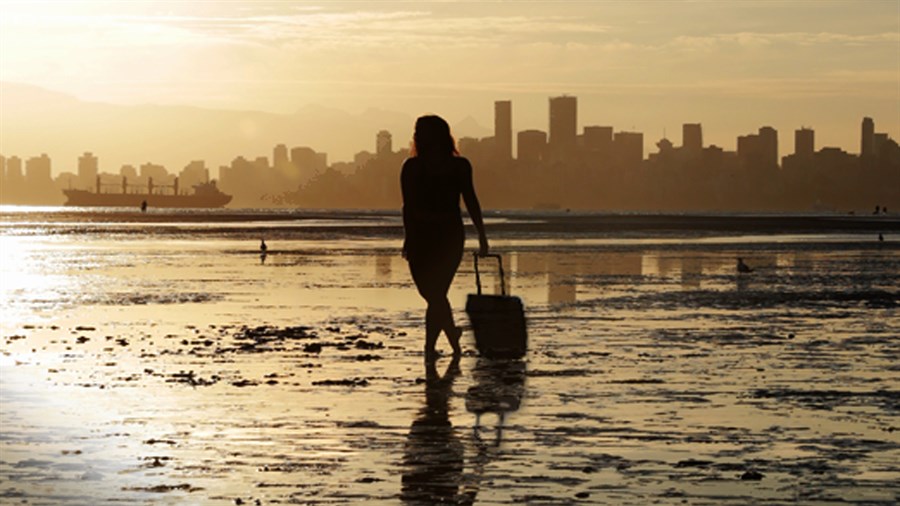 An image from Vancouver: No Fixed Address, image courtesy of Hot Docs
An image from Vancouver: No Fixed Address, image courtesy of Hot Docs
Vancouver: No Fixed Address this evening at the Scotiabank Theatre at 6 PM; Thursday, May 4 at the TIFF Bell Lightbox at 8:45 PM, and Friday, May 5 at the TIFF Bell Lightbox at 12:45 PM.

 1.2K
1.2K 












